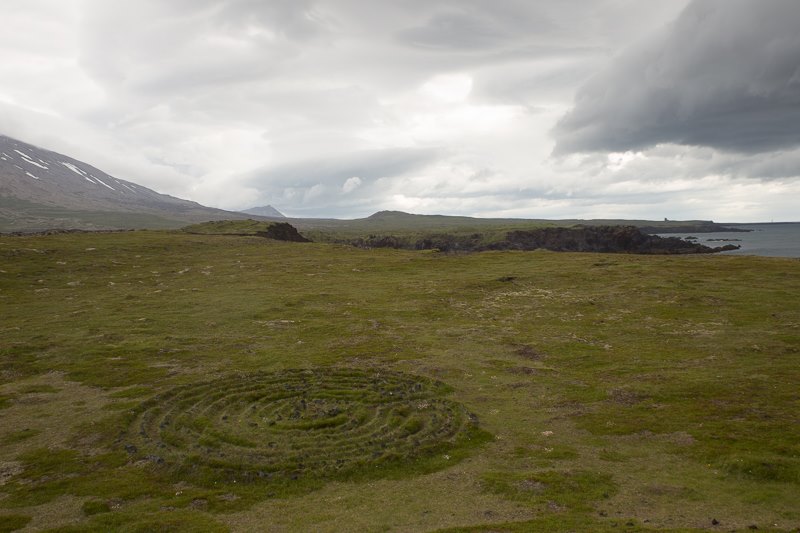Vinna við nýjar heimasíður Umhverfis- og orkustofnunar og Náttúruverndarstofnunar er í gangi. Heimasíða Umhverfisstofnunar er virk á meðan vinnunni stendur. Information in English
History

The adventurous Bárður Saga Snæfellsás is the best known of the Icelandic Sagas that take place in this area. There are archaeological remains from the period of Iceland’s settlement around 1100 years ago – examples of which are the Forni-Saxhóll farm, Berutóftir and Írskubúðir. Near Gufuskálar there are a large number of dome-like structures of unknown origin, thought to be between 500 and 700 years old. They are probably the oldest known relics of the fishing industry in Scandinavia. A few people believe that these structures served instead as places of prayer or meditation for Irish monks who may have once lived in the area.
Fishing flourished in the 13th century and the human population grew in the areas around the glacier. A church had been built on Ingjaldshóll hill before 1200 AD. The size of the church bears witness to the sizeable population of nearby towns and villages, at least during fishing season. Rich fishing grounds were nearby and the fishing stations were constructed where there was good access to the open sea. Dritvík is one of the best-known examples. It was one of the largest fishing stations in Iceland for a time, with 40-60 boats and 200-600 people employed there. Fishing declined on Snæfellsnes Peninsula during the 19th century because of changes in fishing techniques.
Villages close to the National Park include Hellissandur, Rif and Ólafsvík. They were all fishing and commercial centres. Today, they are still flourishing fishing ports with lively communities.
